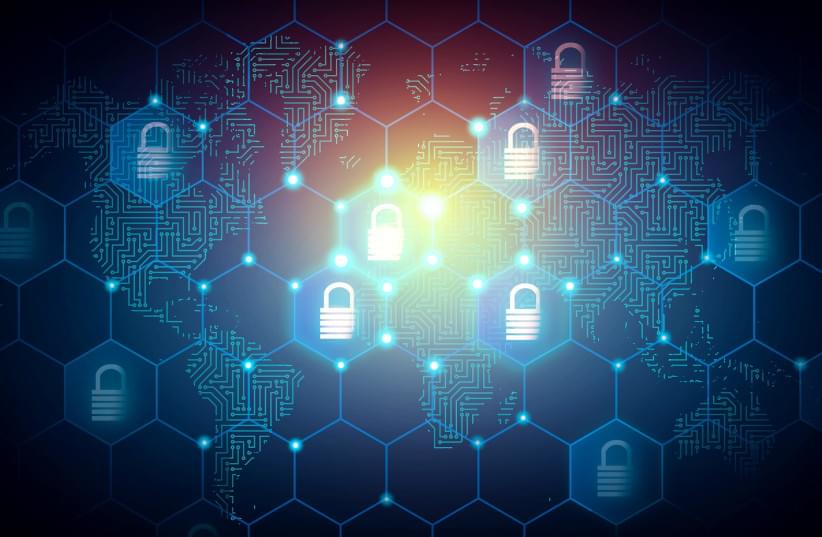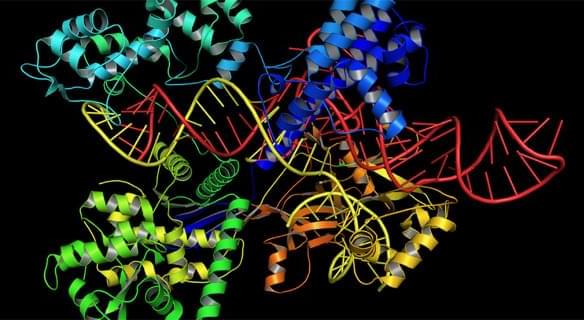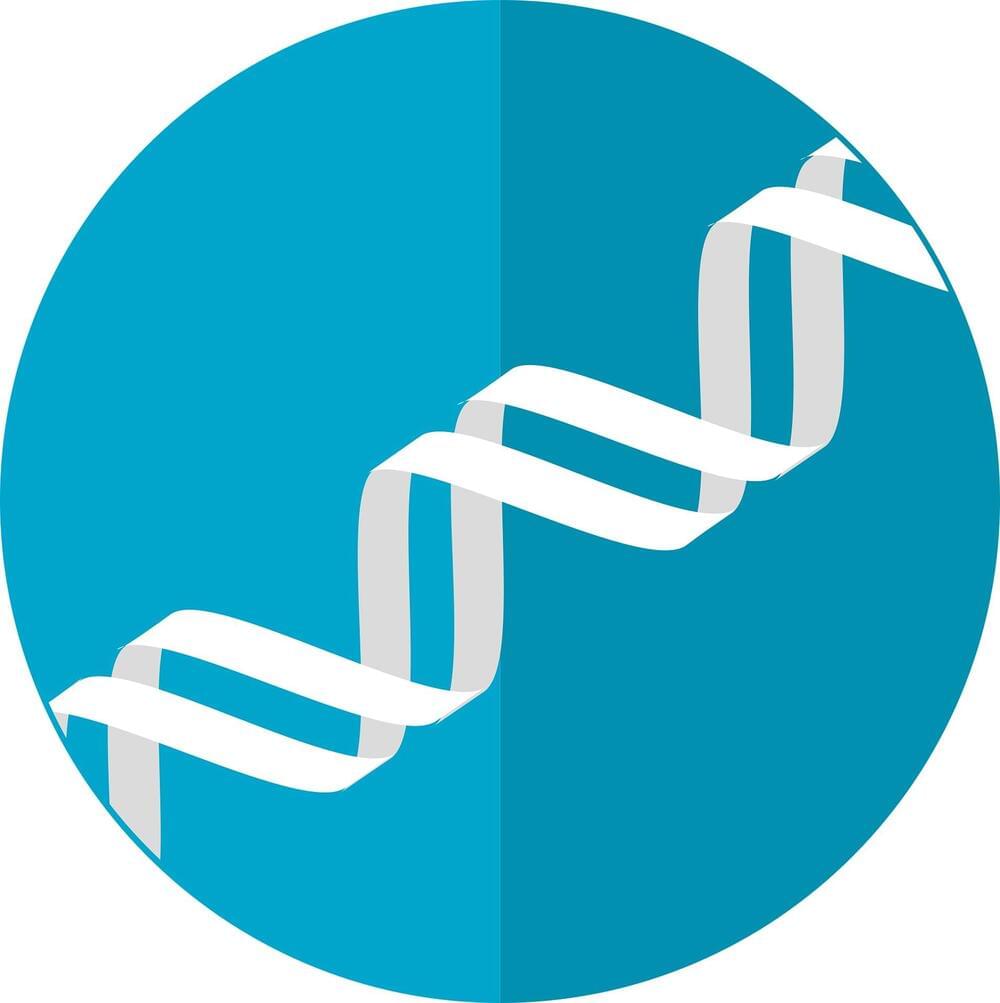Meet Artemis Security, the company breaking ground in the realm of security for Israelis, from homes to hospitals.



𝐏𝐬𝐢𝐥𝐨𝐜𝐲𝐛𝐢𝐧 𝐅𝐨𝐮𝐧𝐝 𝐓𝐨 𝐑𝐚𝐩𝐢𝐝𝐥𝐲 𝐈𝐦𝐩𝐫𝐨𝐯𝐞 𝙍𝙖𝙥𝙞𝙙𝙡𝙮 𝙄𝙢𝙥𝙧𝙤𝙫𝙚 𝘿𝙚𝙥𝙧𝙚𝙨𝙨𝙞𝙫𝙚 𝙎𝙮𝙢𝙥𝙩𝙤𝙢𝙨 𝙄𝙣 𝙋𝙖𝙩𝙞𝙚𝙣𝙩𝙨 𝘿𝙪𝙧𝙞𝙣𝙜 ‘𝙂𝙧𝙤𝙪𝙣𝙙𝙗𝙧𝙚𝙖𝙠𝙞𝙣𝙜’ 𝘾𝙡𝙞𝙣𝙞𝙘𝙖𝙡 𝙏𝙧𝙞𝙖𝙡
𝙄𝙩 𝙩𝙪𝙧𝙣𝙨 𝙤𝙪𝙩 𝙩𝙝𝙖𝙩 𝙜𝙞𝙫𝙞𝙣𝙜 𝙥𝙨𝙞𝙡𝙤𝙘𝙮𝙗𝙞𝙣, … See more.
Compass Pathways, a U.K. based clinical stage company that is developing a patented form of psilocybin to be used in conjunction with therapy, reported promising results from its much-anticipated phase two b clinical trial this week. The study found that patients who took a single psychedelic dose of psilocybin, 25 milligrams, in conjunction with therapy reported almost immediate and significant reduction in depressive symptoms that lasted weeks compared with patients who were given a 1 milligram dose, which is so low it’s essentially a placebo.
Twenty-nine patients, or 36.7%, who took the 25 mg dose showed a 50% or more reduction in symptoms in three weeks after the single dose and again at three months, compared with the patients who took the placebo. Nineteen patients, or 24.1%, who took the highest dose were still in remission three months later, compared with 17.7% after three weeks and 10.1% after three months in the 1 mg group.
George Goldsmith, who cofounded Compass Pathways with his wife and medical doctor Ekaterina Malievskaia and Lars Christian Wilde, says that when they saw the positive results, they realized they were “groundbreaking.”
US scientists have developed a new form of drug that promotes the regeneration of cells and reversed paralysis in mice with spinal injuries, allowing them to walk again within four weeks of treatment.
The research was published in the journal Science on Thursday, and the team of Northwestern University scientists behind it hope to approach the Food and Drug Administration (FDA) as early as next year to propose human trials.
“The aim of our research was to develop a translatable therapy that could be brought to the clinic to prevent individuals from becoming paralyzed after major trauma or disease,” Northwestern’s Samuel Stupp, who led the study, told AFP.

The degradation and regeneration of myelin sheaths characterize neurological disorders such as multiple sclerosis. Cholesterol is an indispensable component of myelin sheaths. The cholesterol for the regenerated myelin sheaths must therefore either be recycled from damaged myelin or produced again locally.
In a recent study, scientists at the Max Planck Institute for Experimental Medicine in Göttingen, led by Gesine Saher, found that in the case of chronic damage, unlike in acute damage, hardly any cholesterol is recycled. Instead, the new production of cholesterol determines the efficiency of the repair. Unexpectedly, not only the myelin-forming cells themselves but also nerve cells make an important contribution to regeneration.
Cholesterol synthesis in nerve cells ensures the replenishment of newly myelin-forming cells. This could impact the therapeutic success for myelin disorders such as multiple sclerosis.


To understand why Mark Zuckerberg thinks “the metaverse” is the next frontier, consider the case of Sam Peurifoy. The 27-year-old chemistry PhD from Columbia University left his job at Goldman Sachs at the height of the pandemic and is now seeking out his fortune in crypto by playing video games.
He has recruited dozens of people from Mexico to the Philippines to a “Guild” that plays under the command of “Captain” Peurifoy. In exchange, he ponies up the funds needed to enter Axie Infinity, a game where players collect Smooth Love Potion — a digital token that can potentially be converted into real money.

Aging affects everybody, so it’s easy to understand why so much scientific attention is focused on studying it. Scientists in Canada now claim to have found that telomeres play a different role in cellular aging than previously thought.
One of the main points of interest in anti-aging biology are what’s known as telomeres. These are sections of “junk” DNA that form caps on the ends of chromosomes, protecting important genetic information from damage when a cell divides. But a piece of the telomere is eroded away with each cell division, and when it gets too short the cell stops dividing entirely, entering a dormant state known as senescence. The build-up of these senescent cells contributes to a range of symptoms we associate with aging, such as frailty and age-related diseases.
The implication of this model is that telomeres take on a pre-emptive protection role – they signal to cells to stop dividing as soon as one telomere wears out. But there is evidence to suggest that cell division can continue with as many as five dysfunctional telomeres.
The problem? Our bodies aren’t big fans of foreign substances—particularly ones that trigger an undesirable immune response. What’s more, these delivery systems aren’t great with biological zip codes, often swarming the entire body instead of focusing on the treatment area. These “delivery problems” are half the battle for effective genetic medicine with few side effects.
“The biomedical community has been developing powerful molecular therapeutics, but delivering them to cells in a precise and efficient way is challenging,” said Zhang at the Broad Institute, the McGovern Institute, and MIT.
Enter SEND. The new delivery platform, described in Science, dazzles with its sheer ingenuity. Rather than relying on foreign carriers, SEND (selective e ndogenous e n capsidation for cellular delivery) commandeers human proteins to make delivery vehicles that shuttle in new genetic elements. In a series of tests, the team embedded RNA cargo and CRISPR components inside cultured cells in a dish. The cells, acting as packing factories, used human proteins to encapsulate the genetic material, forming tiny balloon-like vessels that can be collected as a treatment.
The microrobot moves around using little hairs inspired by those on baby starfish.

Yekaterina “Kate” Shulgina was a first year student in the Graduate School of Arts and Sciences, looking for a short computational biology project so she could check the requirement off her program in systems biology. She wondered how genetic code, once thought to be universal, could evolve and change.
That was 2016 and today Shulgina has come out the other end of that short-term project with a way to decipher this genetic mystery. She describes it in a new paper in the journal eLife with Harvard biologist Sean Eddy.
The report details a new computer program that can read the genome sequence of any organism and then determine its genetic code. The program, called Codetta, has the potential to help scientists expand their understanding of how the genetic code evolves and correctly interpret the genetic code of newly sequenced organisms.